Home > Blog > Products & Technology > Event Portal
As the adoption of event-driven architecture (EDA) continues to grow, enterprises of all sizes are increasingly looking to leverage its strengths to drive innovation and enhance business value.
While EDA offers numerous benefits, medium to large enterprises often face common challenges. For example, IT teams may frequently “reinvent the wheel” due to a lack of visibility into existing events across various lines of business (LOBs). Additionally, product managers often lack insights into the most valuable data and events within the enterprise. IT teams may also work in silos, hindering effective and efficient collaboration.
Subscribe to Our Blog
Get the latest trends, solutions, and insights into the event-driven future every week.
Thanks for subscribing.
Solace Event Portal is specifically designed to address these challenges. It offers a comprehensive suite of tools for designing, discovering, cataloging, and managing event-driven systems.
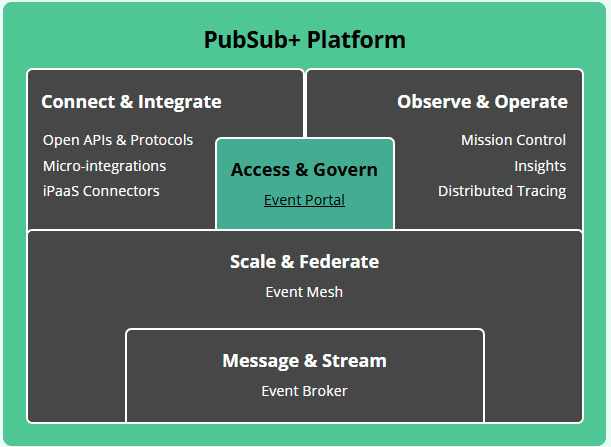
Image 1: Event Portal tool in Solace platform
In this piece, I will walk through how different stakeholders use the Solace Event Portal, realize value, and drive EDA adoption in their enterprises.
Modernizing Retail Operations with Solace Event Portal
Acme Retail, a global retail organization, is embarking on a digital transformation journey to modernize its IT infrastructure, enhance customer experience and streamline operations. To enhance responsiveness, reduce latency and create a seamless customer experience, Acme has decided to adopt EDA. By this EDA adoption, Acme wants to achieve real-time data integration across various systems: inventory management, sales, e-commerce and customer service.
Challenge
Acme has an experienced team of enterprise and solution architects who understand the importance of having a governance and decision board in place to enforce enterprise-wide standards. They realize that while initial use cases can be quickly implemented in EDA, lack of governance can lead to a “big-ball-of-mud” architecture that lacks structure, unclear models within services and no clear boundaries within the system.
While such an architectural landscape can still function and deliver business value, it often operates inefficiently. Development teams, unaware of events managed by other lines of business (LOBs), may duplicate efforts, leading to wasted time and potential conflicts between LOBs. Additionally, they often lack visibility into event flows, including who is publishing or subscribing to each event version, which can lead to unintentional changes that disrupt downstream applications of other teams. The platform team responsible for the enterprise event-driven architecture (EDA) infrastructure may become a bottleneck, delaying solution progress across environments due to a lack of standardized deployment and access control practices.
This lack of governance can significantly hinder EDA adoption at scale and stifle long-term innovation.
To avoid this situation, Acme started searching for a cohesive platform that is capable of both event governance and management to design, implement, deploy and maintain their EDA landscape.
High level Solution and Approach
Acme selected Solace Platform as its enterprise EDA backbone, leveraging its ability to bridge diverse environments, including cloud, edge, and on-premises systems, as well as multiple technologies.
One of the key considerations which led to Solace’s selection was the capabilities of the Event Portal embedded within Solace Cloud Console.
Event Portal enables you to discover and catalog EDA artefacts like schemas, events, applications, design EDA flows, access events across business domains in a controlled and governed manner, push broker configurations to different brokers associated with multiple environments, integrate with existing CI/CD pipelines and audit different brokers to make sure that the design intent is in line with the actual runtime configurations.
Post Implementation Preview
Before I explain the solution in detail, here’s a quick preview of the impact of using Event Portal to govern and manage Acme Retail’s EDA journey.
- Visibility and Collaboration: Acme gains full transparency across its event ecosystem. Teams can easily discover, monitor, and reuse events, breaking down silos and reducing redundancy. Centralized event catalog access helps product managers, architects, and developers streamline project timelines.
- Governance and Compliance: Standardized naming conventions, taxonomies, and access controls enforced by the governance board ensure a compliant, well-structured event landscape that aligns with industry standards, minimizes risks, and scales smoothly as services grow.
- Agility in Development: Auto-generated code snippets and broker configuration tools accelerate development, allowing developers to focus on business logic, reduce errors, and speed up time-to-market.
- Secure Cross-Departmental Access: Departments can request and share critical event data securely with Event Portal’s controlled access and approval workflows, upholding data integrity and security protocols.
- Scalability and Future-Readiness: Solace Event Portal enables effortless scalability and integration of new events and applications, supporting Acme Retail’s vision for a responsive, customer-centric digital experience.
Roles, Responsibilities and Usage of Event Portal
Here is how various teams within Acme leverage Solace Event Portal to execute their roles effectively.
EDA Governance Board
- Objective: Create a strategic vision for the EDA and establish governance standards.
- Focus: High-level architecture, event flow, and alignment with business goals.
How they use Solace Event Portal
The governance board at Acme is responsible for defining the enterprise-wide Event-Driven Architecture. They begin by using the design visualization capability of Event Portal to map out the overall architecture, ensuring that each business domain (inventory, sales, customer service) has access to their own application domains and can communicate via well-defined event streams.
- Defining Standards: The governance board sets naming conventions, security policies, and access controls for event streams, ensuring compliance with industry standards. They also setup and enforce the use of a topic taxonomy that will be followed by the various teams adopting EDA.
- Central Repository for Event Catalog: Solace Event Portal serves as a centralized repository where all the stakeholders across Acme catalog all events, making them discoverable across the organization for future reuse.
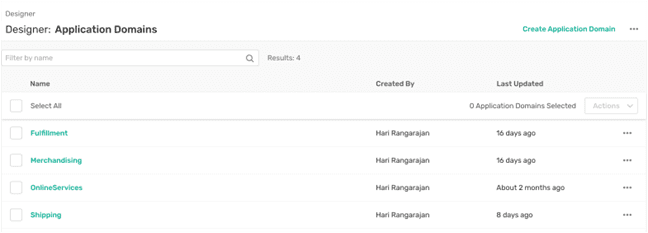
Image 2: LOB-aligned application domains
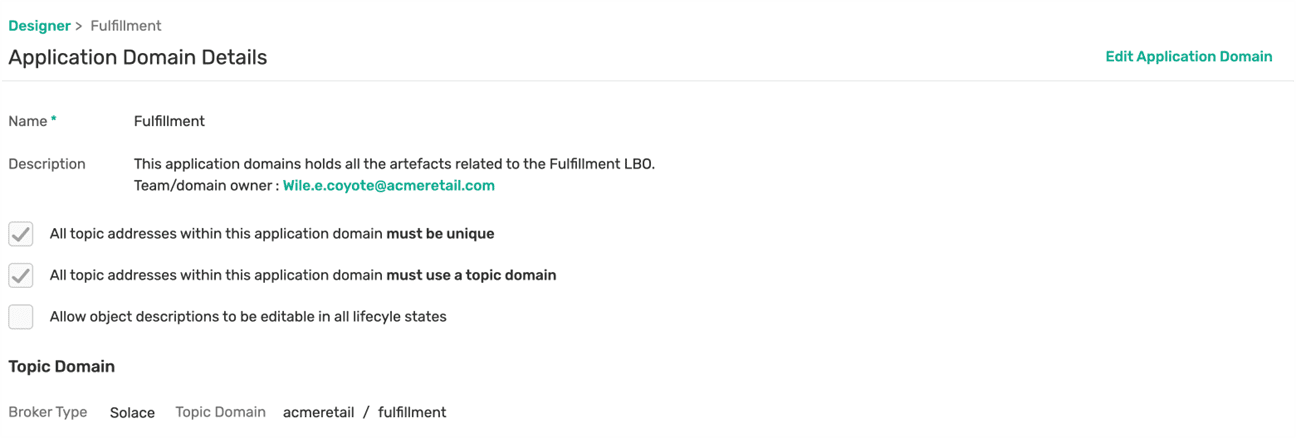
Image 3:Standardized application domain definitions
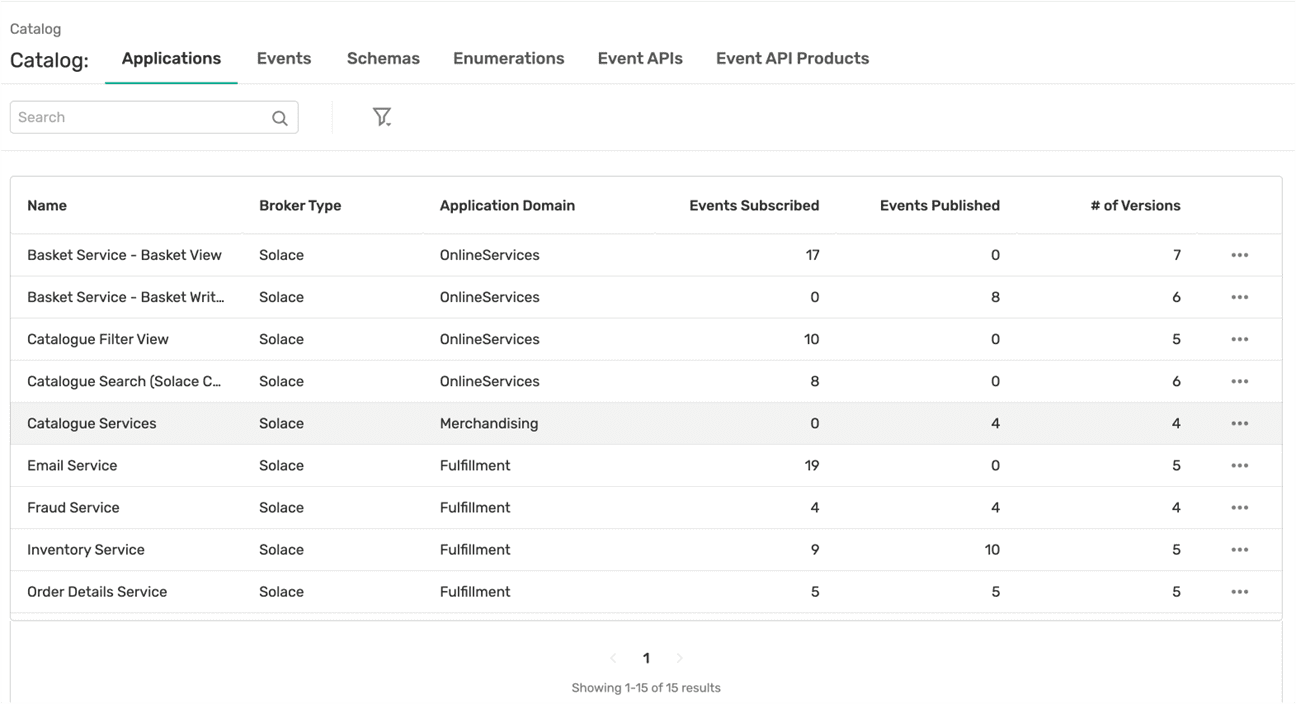
Image 4: Catalog of enterprise-wide EDA artefacts
Business Owners/Product Managers
- Objective: Ensure the event-driven systems meet business objectives and customer needs.
- Focus: Agile development, feedback loops, and meeting KPIs.
How They Use Solace Event Portal
Product owners and managers at Acme use Event Portal to monitor the architecture’s development and ensure it aligns with business objectives.
- Business-Oriented Event Views: They access high-level views of event flows to understand how different services (e.g., order processing, customer support) interact and how quickly events propagate through the system.
- Measuring Business Impact: With insights from event metrics and performance analytics, they assess whether the system is improving key business KPIs such as reduced order fulfillment times or improved customer satisfaction.
- Feedback Loops: Product managers leverage event logs to route customer feedback from support calls directly to the product development team, enabling faster iterations based on real-time insights.
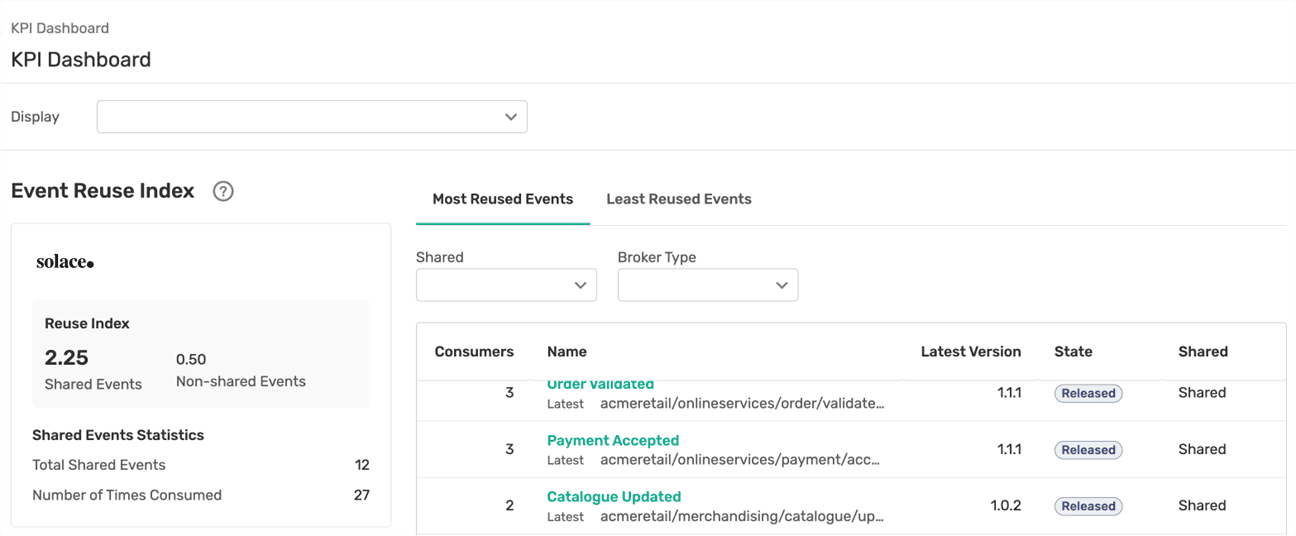
Image 5: KPI Dashboard displaying event reuse index
Solution Architects
- Objective: Translate business requirements into technical solutions, design the technical backbone, and ensure alignment with the enterprise’s Event-Driven architecture goals.
- Focus: Defining event-driven microservices, integration patterns, middleware setup, and ensuring interoperability across systems.
How They Use Solace Event Portal
At Acme Retail, the Solution Architect has a dual responsibility: interpreting business needs into actionable event-driven services while also ensuring the underlying infrastructure is robust and scalable.
- Mapping Business Requirements: The Solution Architect works closely with business units to gather requirements, mapping them to specific events like Order Created, Order Validated, payment events, etc. ensuring alignment with organizational goals.
- Event-Driven Microservice Design: Solace Event Portal’s design visualization tools enable the Solution architects to lay out how event-driven microservices interact. For example, the inventory service subscribes to OrderPlaced events, updating stock levels and publishing InventoryUpdated events for other systems.
- Defining Standards and Governance: Solution architects establish naming conventions, security standards, and data formats, ensuring that all services and event streams adhere to organizational governance.
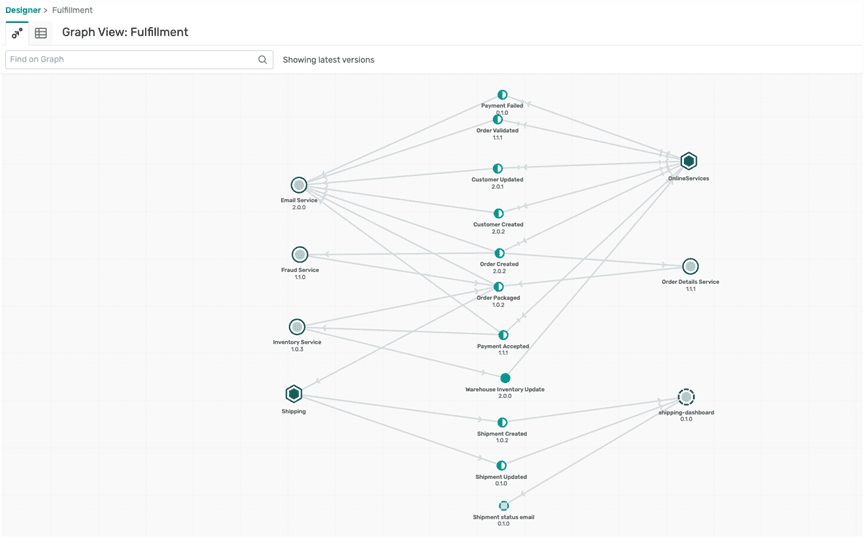
Image 6: Designer view of events and pub-sub interactions
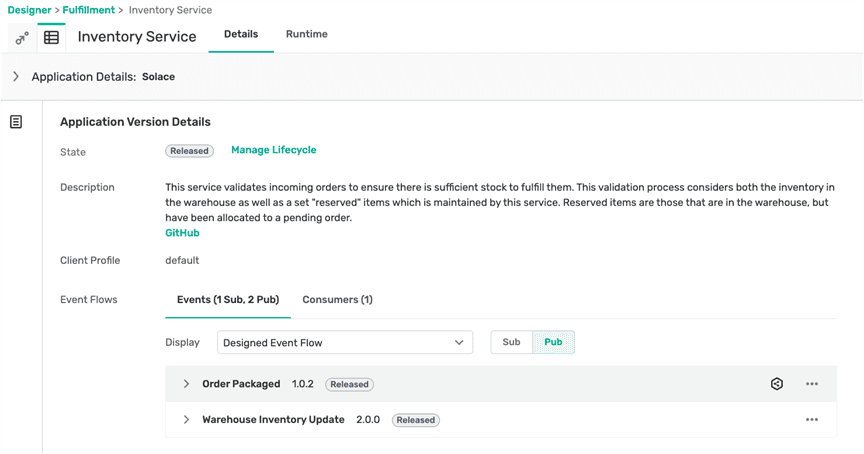
Image 7: Publish/subscribe interactions of an application
Application Team / Developers
- Objective: Write and test code for services that publish and consume events.
- Focus: Implementation, testing, and debugging event-based interactions.
How They Use Solace Event Portal
Developers at Acme use Event Portal to quickly find and reuse existing events, significantly speeding up the development process.
- Event Discovery: Developers use the catalog screen to find existing events, such as Order Created, Order Validated, etc. reducing redundant efforts.
- Auto-Generated Code Snippets: Solace Event Portal provides integrations with a wide range of code generation utility tools which are backed by the AsyncAPI specifications. This allows developers to build applications rapidly, minimize boilerplate coding and focus on implementing business logic inline with industry and enterprise standards.
- Access control to events: During the development of new functionality, developers may require access to events across multiple application domains or lines of business. They can request access to these events through Event Portal, where approvers can review and either approve or deny the requests based on specific justifications. This process enables controlled, democratized access to up-to-date event data.
- Deployment of Solace Event Broker configurations: Developers can use the self-service access to events in the runtime feature of Event Portal to deploy broker object changes, such as queue configurations, credentials, and ACL profiles, directly to Solace brokers. These brokers exist in different environments aligned with Acme Retail’s DTAP (Development, Testing, Acceptance, and Production) environments. Configuration pushes can be restricted to specific environments, such as development, allowing developers to quickly build and deploy prototypes while protecting upper-environment brokers from misconfiguration.
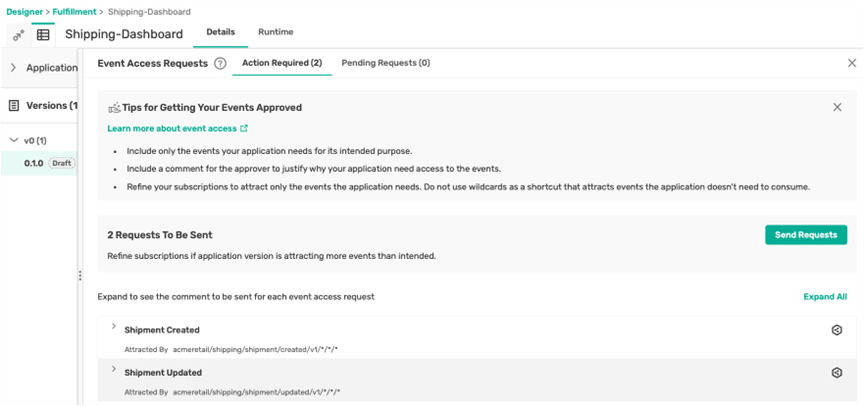
Image 8: Requesting access to events across application domains

Image 9: Review access requests to events
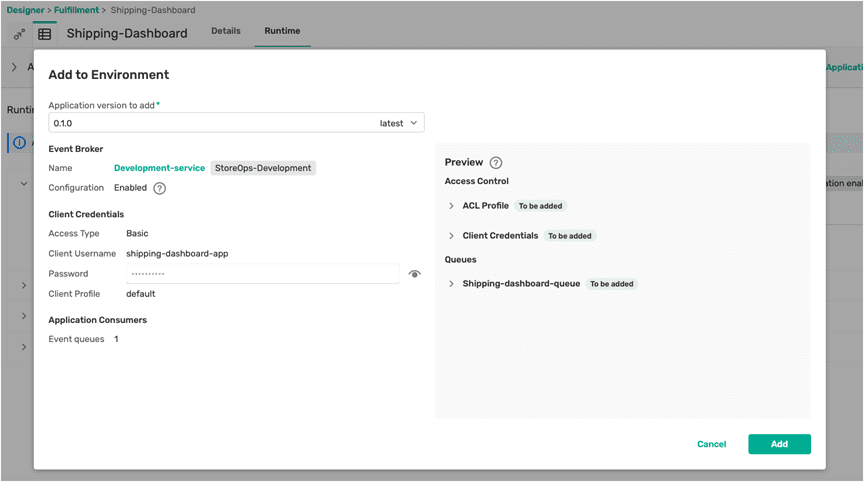
Image 10: Pushing broker configuration via Solace Event Portal
Infrastructure / Platform Team
- Objective: Ensure reliable, scalable, and secure deployment of the event-driven systems.
- Focus: Deployment, monitoring, and operational reliability.
How They Use Solace Event Portal
The infrastructure team uses Event Portal to manage the deployment and ongoing maintenance of the event-driven infrastructure.
- Broker Management: They configure and manage Solace event brokers to ensure 24/7 availability of event streams and maintain system reliability for both online and in-store transactions.
- Governed deployment to upper environments: Enabling development teams to deploy code and configuration changes to event brokers is crucial, but so is maintaining control over and protecting upper DTAP environments from unauthorized manual changes. Solace Platform offers several mechanisms for controlled changes to event brokers, including REST APIs, Declarative SEMP and more. These tools facilitate governance by supporting the four-eyes principle and meeting non-functional requirements (NFRs).
Business Impact
Streamlined governance
- Impact: A major challenge with EDA at scale is managing complex event flows without “deteriorating into disorganized or inefficient architecture. The governance capabilities of Event Portal allow Acme to establish and enforce standards, such as naming conventions, security policies, and access controls, across all event-driven services.
- Result: Sustainable EDA adoption, reduced risk of system misconfigurations, and a clear structure for future scaling and innovation.
Superior efficiency and reusability
- Impact: By providing a centralized repository for all event-driven artifacts, Event Portal allows teams across Acme to easily discover, catalog, and reuse existing events. This capability reduces the need for redundant development work, as developers can reuse established event flows and configurations.
- Result: Increased development efficiency, reduced time-to-market for new features, and minimized duplication of effort.
Improved business alignment and agility
- Impact: Product managers and business owners can leverage business-oriented event views to ensure that technical implementations align with business objectives. They can also monitor external KPIs such as order fulfillment times and customer satisfaction, gaining valuable insights into how EDA impacts business metrics.
- Result: Enhanced ability to meet customer demands and business goals quickly, providing a competitive edge in responding to market changes and customer feedback.
Accelerated development
- Impact: With features like auto-generated code snippets and standardized access control, developers can focus on implementing business logic rather than boilerplate code. Access control also allows for secure and controlled data sharing across teams, facilitating collaboration without compromising security.
- Result: Faster development cycles, improved developer productivity, and enhanced security in handling event data.
Better control over environments
- Impact: By supporting controlled deployments in development, testing, acceptance, and production (DTAP) environments, Event Portal allows prototypes to be safely tested without risking upper-environment stability. This environment control is crucial for continuous integration/continuous delivery (CI/CD) pipelines.
- Result: Increased flexibility in development, faster testing and deployment cycles, and improved reliability in production environments.
Better alignment between business and technical teams
- Impact: Solution architects bridge the gap between business needs and technical execution, ensuring that event-driven services map to specific business requirements. By using Solace’s design visualization tools, architects can ensure that business units’ needs are reflected in the technical architecture.
- Result: Reduced communication gaps, a more cohesive IT infrastructure, and alignment across different business domains (e.g., inventory, sales, customer service).
Conclusion
In an age where EDA is becoming a critical part of modernizing IT infrastructure, large organizations like Acme face significant challenges in scaling and governing the event data flowing through these systems.
This blog explores how Acme leverages Solace Event Portal to address these challenges and accelerate its digital transformation journey.
Through a unified platform for event governance, management, and deployment, Event Portal enables various teams within Acme to collaborate effectively, align with business goals, and maintain robust, real-time data integration across domains like inventory, sales, and customer service. This helps increase the efficiency of getting event driven applications from concept to production and adding business value.
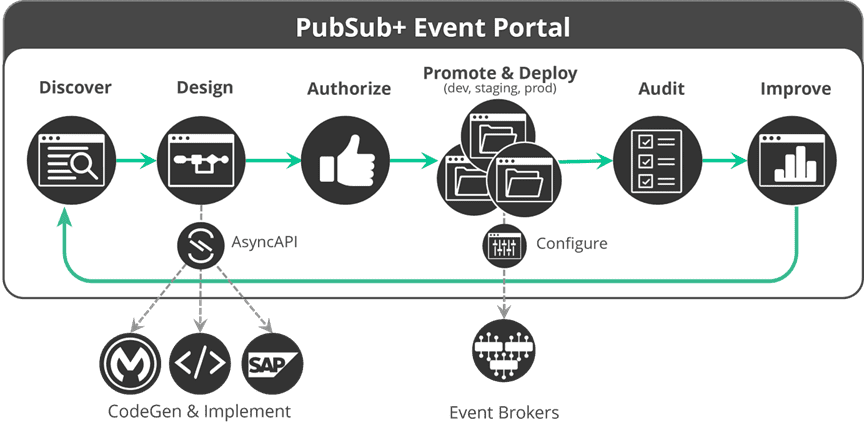
Image 11: EDA Adoption workflow powered by Solace Event Portal
Each stakeholder group, from governance boards to developers, benefits uniquely from Solace’s comprehensive toolset:
- The governance board establishes enterprise-wide standards
- Product managers track key performance indicators and business outcomes
- Solution architects design scalable, event-driven microservices
- Developers streamline coding with event discovery and code-generation tools
- The platform team maintains controlled deployments across environments and stability of the core enterprise platform.
By adopting Solace Platform as its EDA backbone, Acme ensures structured, responsive, and scalable systems, achieving real-time, seamless customer experiences and operational efficiency.
Explore other posts from category: Event Portal

Hari is a dynamic, creative, and innovative professional who is always looking for a challenge and understand different software development processes from both technical and business perspectives.
His main background is Software Engineering in Java, Microservices and EDA. DevOps and Agile is more about who he is and how he does things and cooperates with people.
Hari’s current focus is on evaluating emerging technologies, practices, frameworks and identifying how they can best serve the long-term interests and ambitions of my clients.
He is passionate about how programming can be a key participant in sustainability discussions, identifying points for consideration while making technology choices from a green perspective.


Subscribe to Our Blog
Get the latest trends, solutions, and insights into the event-driven future every week.
Thanks for subscribing.
